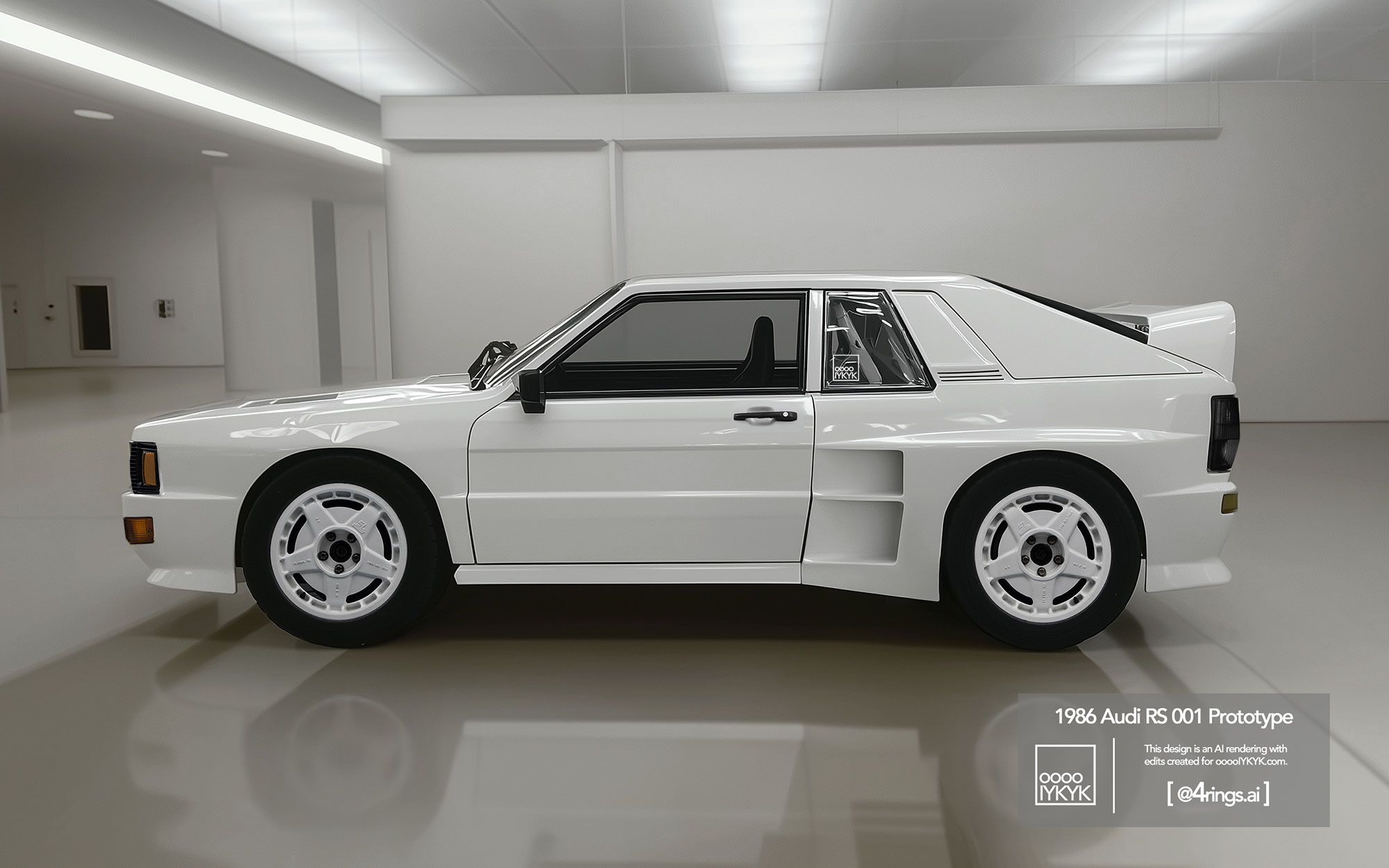Editor’s Note: Last week in Part 1 it was teased that Part 2 would focus on the initial design of the RS 002. Chronologically, the design process of the final car appears to have begun first, but I’m chasing down a lead to get some more information here, so let’s pick up the story with RS 001.
To those who already know, the RS 001 may be the preferred of Audi’s mittelmotor rally experimentation. The car is certainly more mysterious given no examples are known to exist. Additionally, the RS 001 story reads like a spy novel from the start to its untimely demise. The car’s boxy shape harkens Audi’s lineage of quattros more than the truncated Group C-looking RS 002, and it probably should because the RS 001 wore their modified bodywork. It was a mule.
Given the secrecy surrounding the car, that it wasn’t a finalized design can be a bit of a misnomer. You see those period cutaway drawings and grainy spy photos and you imagine mid-engine box-flare quattros pounding down rally stages or sitting in showrooms. That’s likely never how it was going to play out though. Again… it was a mule.
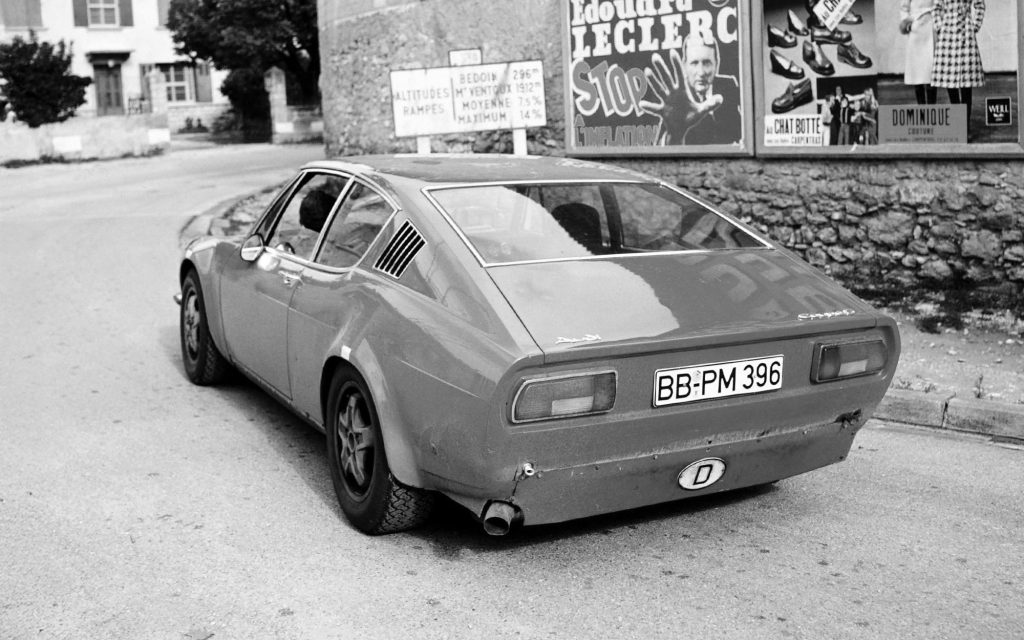
What’s a mule? In automotive parlance it’s a test car. In the earliest stages of testing, new drivetrains tend to receive current-generation bodywork grafted atop. Porsche famously tested its early V8 rear-wheel drive transaxle drivetrains for its then upcoming 928 by grafting on all sorts of competitor bodies, including a C1 Audi Coupe S. Walter Treser is rumored to have terrorized BMWs, Mercedes-Benzes and Porsches up and down on the Bavarian Autobahn in a quattro turbo equipped B1 Audi 80 (Fox) mule. Even today, we see this practice and just this month Porsche was spotted testing a new Q5 likely fitted with next-generation internal combustion Macan hardware. Should you enter through a guard post on the north side of Audi’s Ingolstadt facility where they check your phone camera, you might be lucky enough to venture into the development facility where you can’t miss similar Frankenstein-like contraptions on lifts and behind doors. This is still very much the practice.
What wasn’t common was the level of internal secrecy surrounding the very existence of RS 001. Volkswagen’s board in Wolfsburg had grown weary of Audi’s significant investment in the brand’s rallying efforts as WRC team development budgets rocketed upward. The Volkswagen Board had just approved the development of the super limited Sport quattro made from super expensive materials and weren’t keen on the idea of a second rally exotic investment.
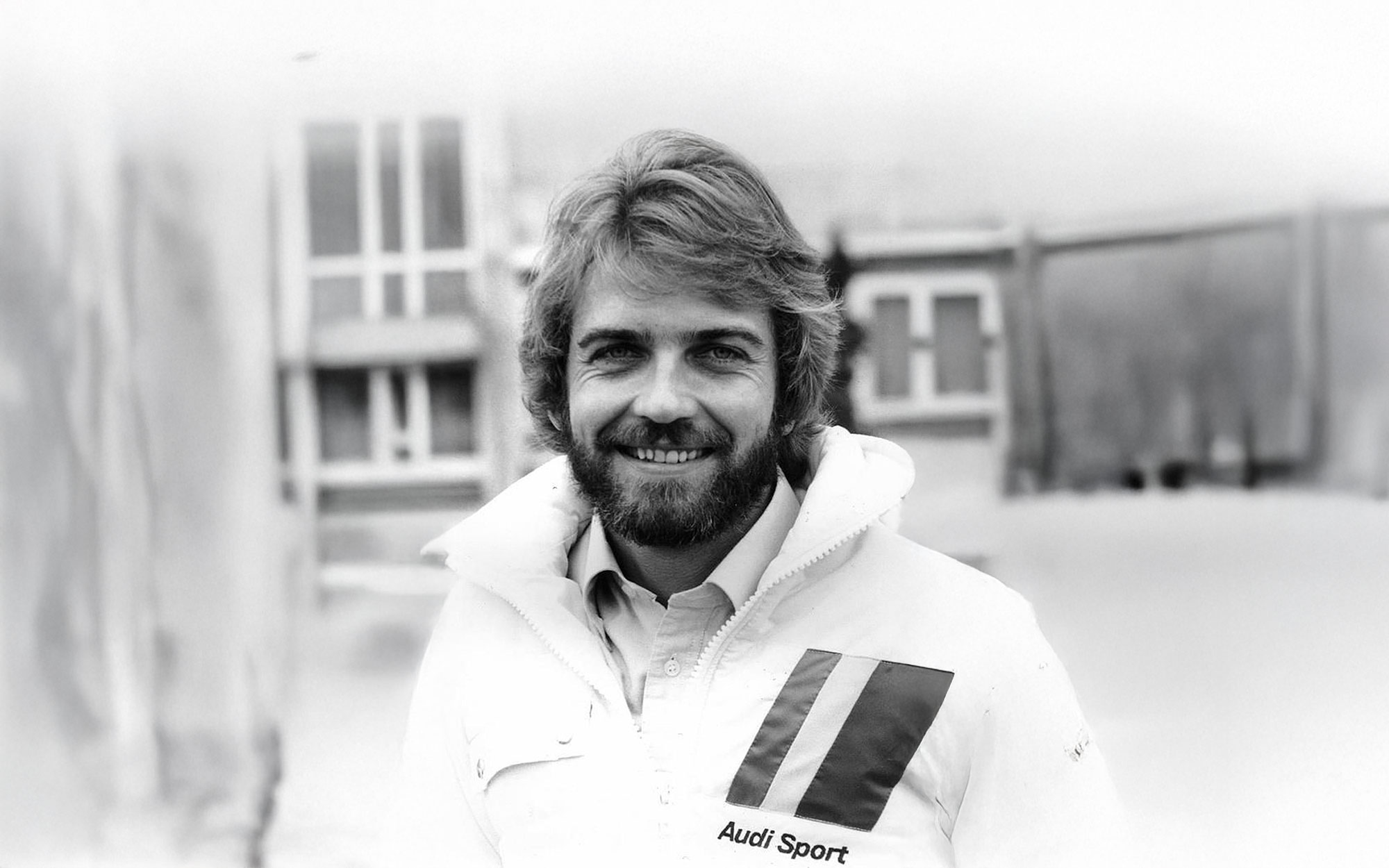
“We’d been teasing VW all the time with our rally successes and if we wanted to build and design a new concept then Dr. Piëch had to ask before the beginning of the work. And by this time, R. [Carl] Hahn at VW was already telling Piëch that Audi should finish its sporting activities soon,” stated Audi Sport’s 1985 chief Roland Gumpert for a 2005 article in MotorSport Magazine.
Nevertheless, Piëch and his upstart team at Audi had seen success before in proving an idea by exhibiting the performance of a real car in order to drive the point home. They’d already done that with the Munga and Iltis in order to prove the value of all-wheel drive, while Treser and that B1 80 had continued to drive the point home.
Given the circumstances, Piëch placed an uncommon level of pressure on Roland Gumpert and his team of Audi Sport engineers tasked with assembling the RS 001. The car would be developed in secrecy, and beyond that Gumpert began seeking options for where it might be tested without being found out.
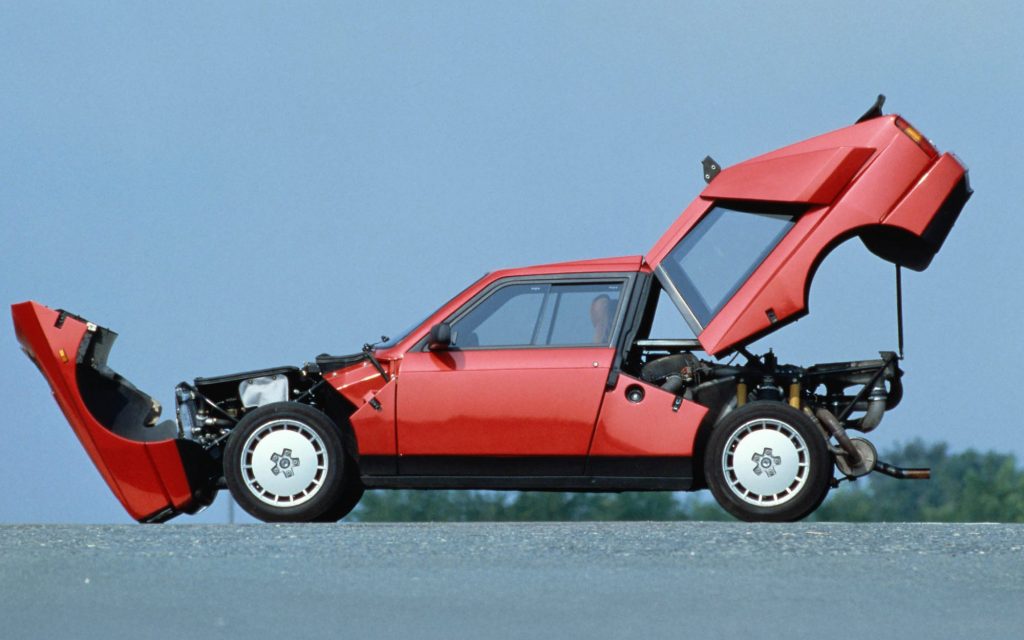
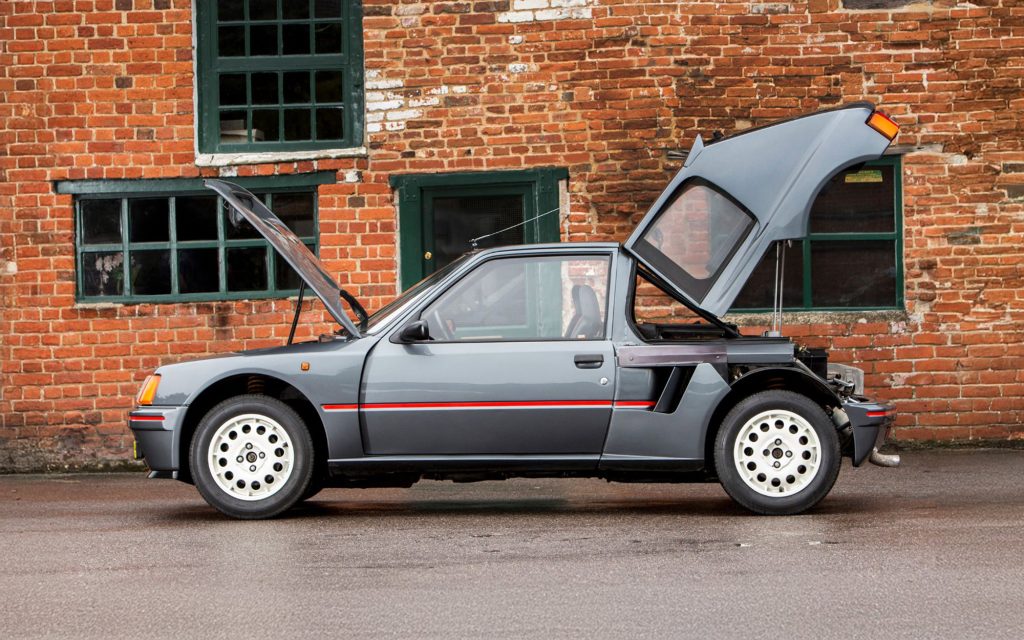
By early 1985, Peugeot and Lancia had already switched their teams to mid-engine cars. Audi Sport was feeling the pressure and knew there was no time to waste. Accounts say work began in Ingolstadt to construct two cars with engines mounted ahead of the rear axle.
As the mules began to take shape, their basic silhouettes were familiar, resembling the Sport quattro but with shifted proportions to account for the drivetrain reconfiguration. This is easiest to spot comparing the doors that appear to be shared, even if the RS 001 doors have an odd cut forward to the wheel well likely to account for a clamshell front bonnet.
It’s there at the front that the RS 001 is so very much smaller than the Sport quattro, shorter in length ahead of the front wheels, and shorter in height. That lower height is most noticeable as the front wheel arch cut extends up above the box flare, also evident in the car’s lack of side sill below the doors.
At the rear, the volume is largely the same, albeit also lower in height with the wheel arch extending up further into the box flare. Gill-like lower intakes are found aft the lower door, while ducts overtop the rear quarter windows also channel more air into the mid-mounted engine compartment.
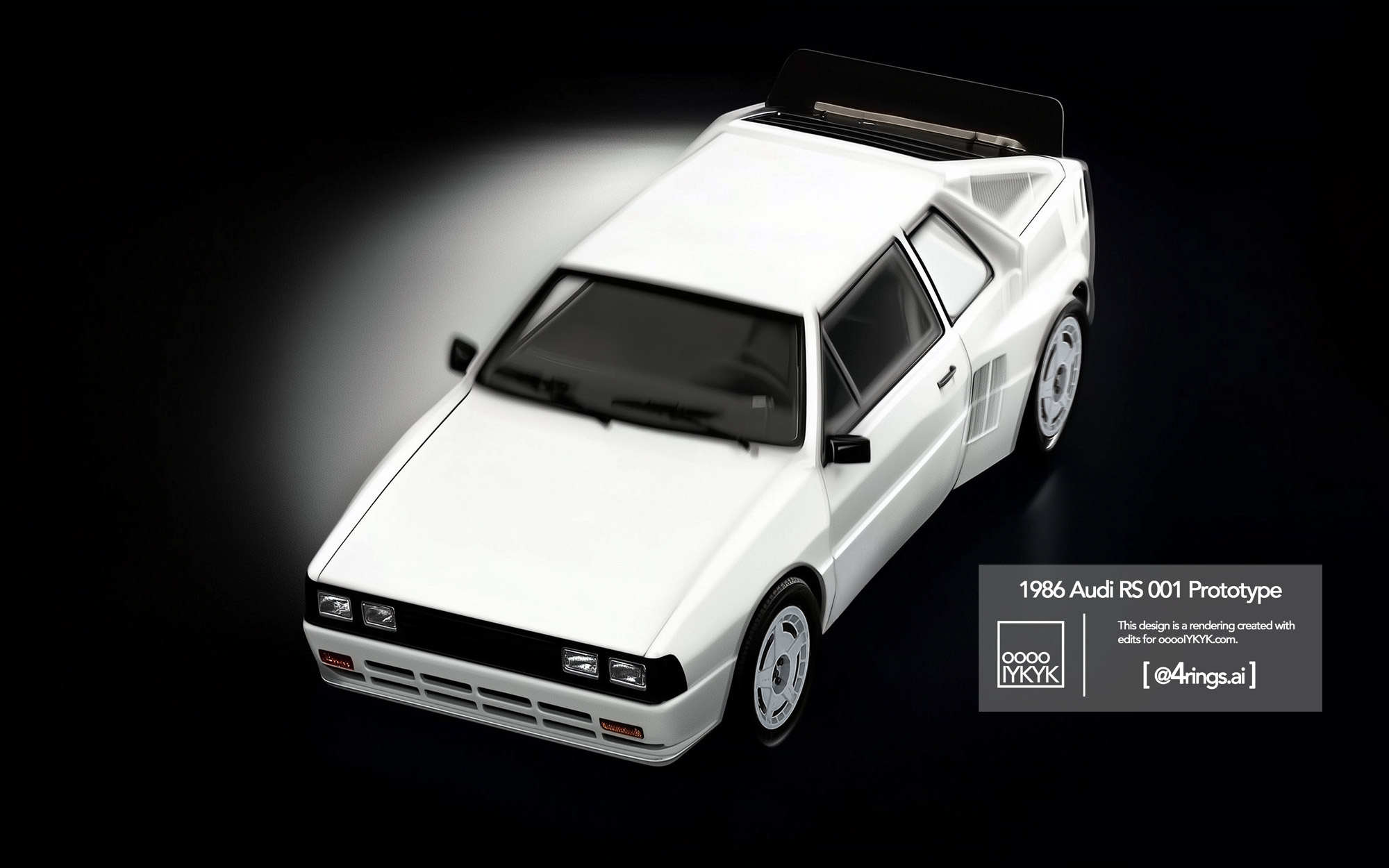
Underneath, the car utilized many of the same parts as the S1 E2 underneath, only mounted backwards.
It’s important to remember, this is still long before Group S rules began to take form. The car’s creation came at the height of a manufacturer budgetary arms race devoted to conquering the WRC’s Group B class. Pegueot, Lancia, Audi and the rest were throwing everything they had at developing cars that today remain some of the most potent rally cars of all time.
Gumpert and his team didn’t have a set of specifications from which to work for Group S, and it’s possible the mittelmotor could have shown up in Group B long before the expected shift to Group S in 1988.
Towards the end of May, even before the first Sport quattro S1 E2 “wing quattro” had seen competitive use, German car magazine Auto Motor und Sport published a drawing of an Audi mid-engine quattro prototype from designer Michael Strm.
Today, that image circulates a lot, often without Strm’s byline in the shadow as we see in the Road & Track layout. A close examination shows the drawing wasn’t based on the actual RS 001. While it gets surprisingly close in a lot of details, the car is proportionally different, more like a first-generation Toyota MR2 with a more boxy Audi B2-style front end design.
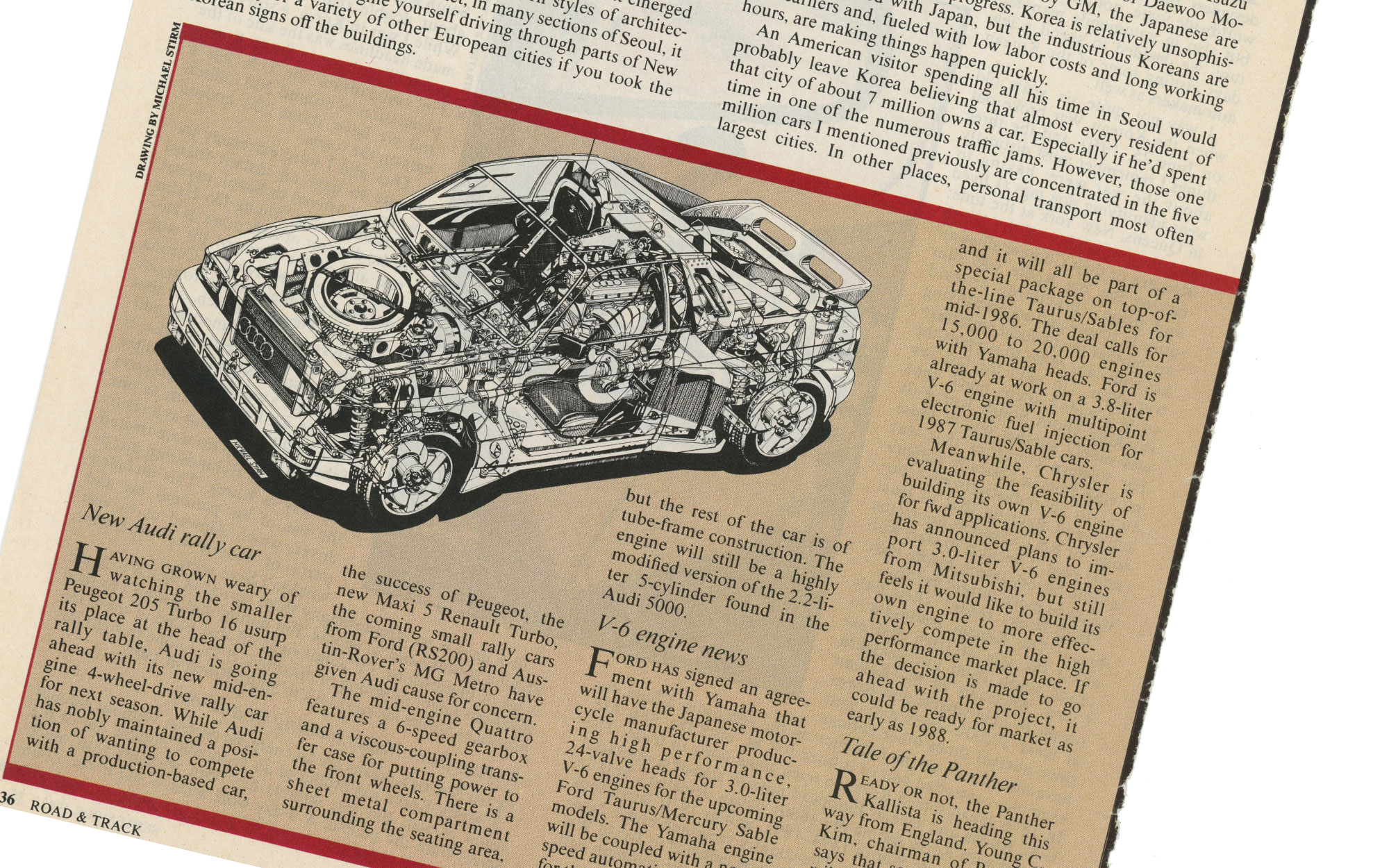
By autumn, this image had been published for American auto enthusiasts in the September issue of Road & Track. No doubt things were heating up in the halls of Ingolstadt.
As per the Urban Dictionary, the meaning of the term “mule” is “a carrier of things for someone else”. Effectively, RS 001 was muleing for two – being fitted with the five-cylinder turbocharged engine from the Group B Sport quattro, and developing the planned mittelmotor architecture for the RS 002 Group S.
Interestingly, the RS 001 wouldn’t get Audi’s then experimental PDK gearbox. While Audi had been testing a quick shifting dual clutch gearbox in its Group B Sport quattros, the secrecy of the mittelmotor project discouraged their installation in the RS 001 mules. At the time, PDK components would have been rare enough that procuring a unit or two from the main motorsport development bin in order to install in a mittelmotor would have drawn unwanted attention from those keeping track in the facility.
By November of 1985, Gumpert and his team at Audi Sport had completed their task. It’s not clear when the term “RS 001” was assigned to this mittelmotor design. So much secrecy surrounded it that it may not have had a name at all in this moment. It’s also possible this was a natural post-operational designation once the other car in this story became the RS 002.
Whatever it was called at the time, RS 001 was an ungainly thing. The wheelbase was longer than the Sport quattro, though overall length was probably shorter based on photos. This would help in maneuverability, which would pay major dividends on tight courses like the Rally of Monaco. Even still, these proportions play havoc with a viewer whose schema is set by the front engine quattros.
When the team stood back to admire the completed cars for the first time, there was likely no fanfare. How could there have been? You must wonder if Piëch even came down to Audi Sport to see them. He probably did, given how much he had riding on them. Roland Gumpert probably knows.
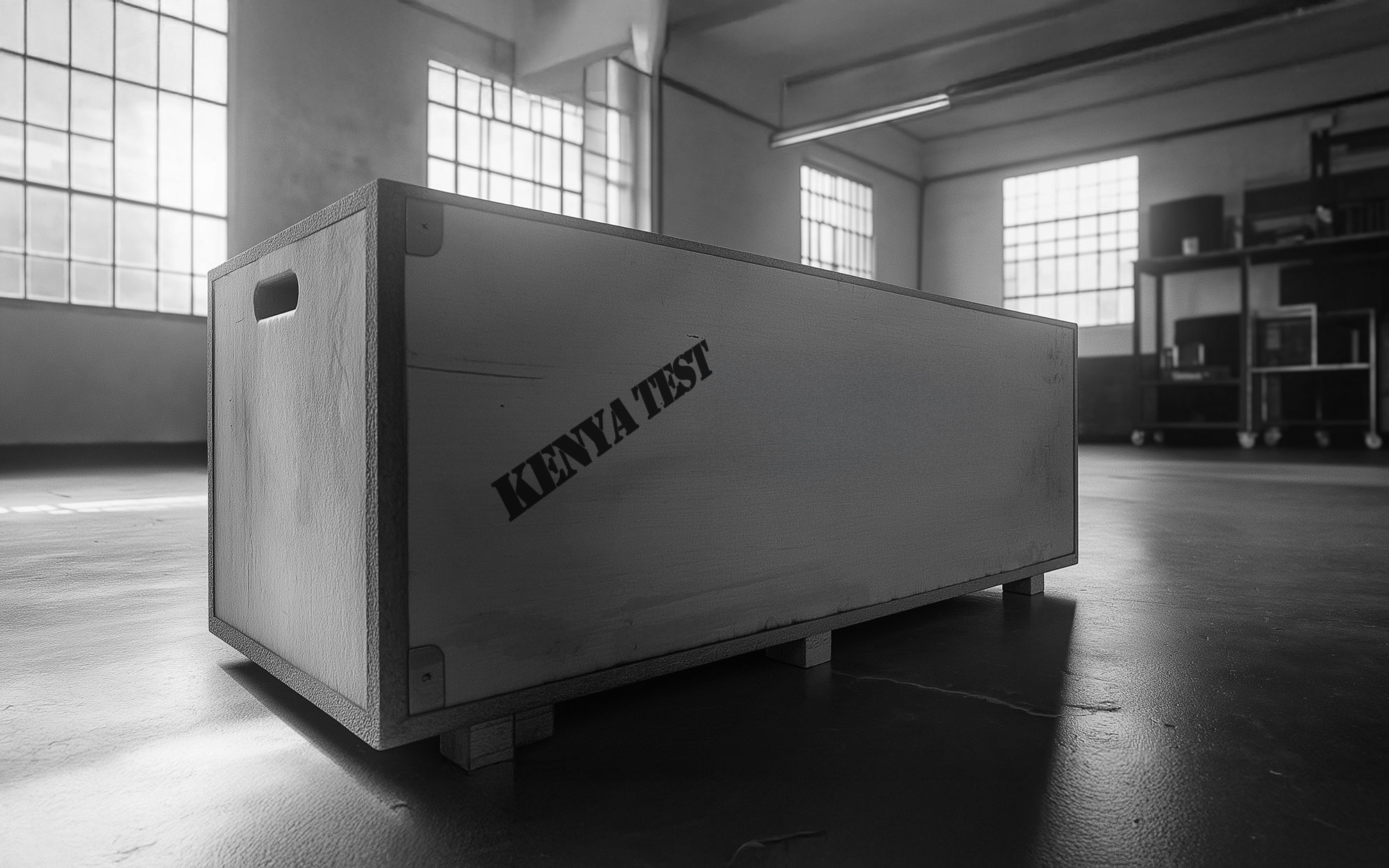
That secrecy though… it was no joke. The cars were packed in a crate, and the crate was labeled “Kenya Test”… inside Audi Sport… to throw of spies… inside the company. These weren’t press the team were throwing off, but Wolfsburg spies or at least allies working inside and maybe seizing an opportunity to curry favor in the internal politics at Volkswagen.
For now, at least, Gumpert’s secret was safe. The crates were packed on trucks but not headed south to Kenya. Instead, they were directed east towards Czechoslovakia that was, at the time, not a part of the U.S.S.R. though still a satellite state and part of the Eastern Bloc. There, they’d cross out of Europe proper and into a very intentional shadow of secrecy.
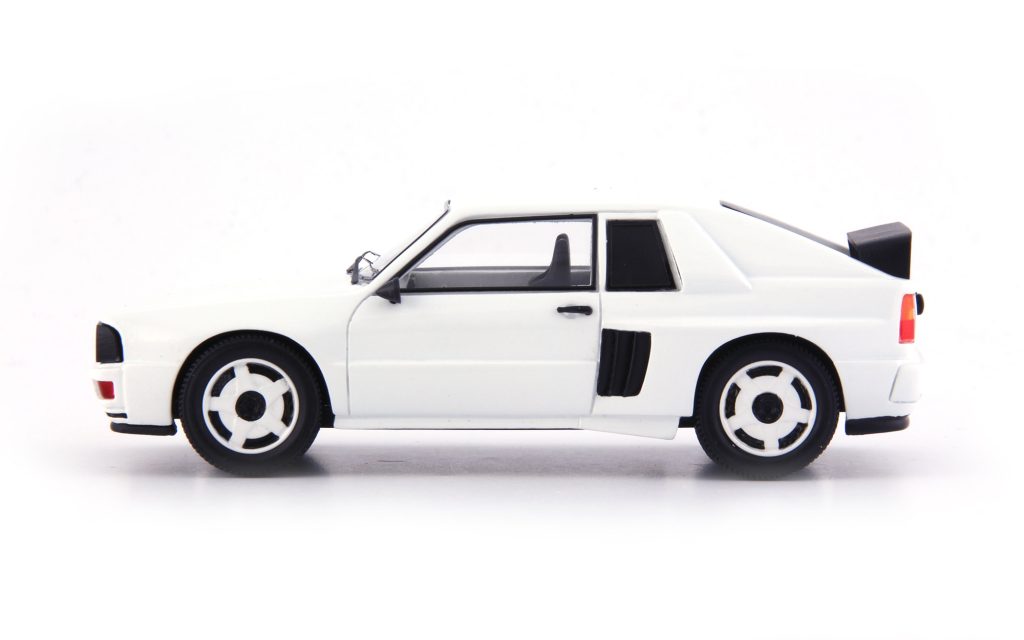
Sidenote: Most of the images of the RS 001 used in this installment with the exception of the Sport quattro comparison image are photographs of a scale model of the RS 001 created by autocult. Additional photos of the real car caught during will come with another installment, but this model is sufficient to share the design of the car.
To be continued….
… at least that’s the plan. Depending on how research plays out, Part 3 may take us net behind the Iron Curtain.


